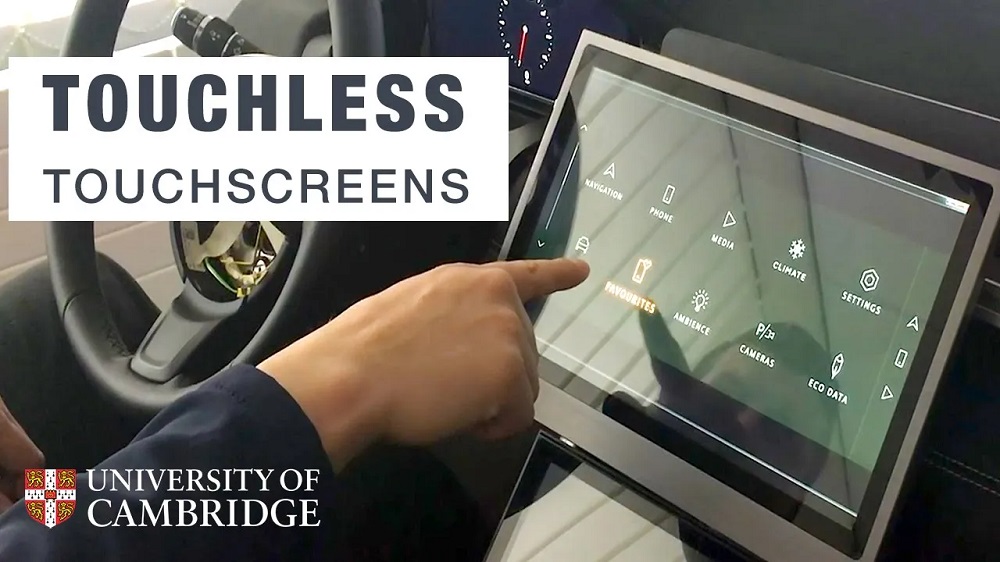Now that touchscreens have proliferated, taking it to the next step would mean interacting with a screen without touching it. A touchless screen, if you will. And that’s what Jaguar Land Rover and Cambridge University have cooked up. Also referred to as a no-touch touchscreen , the idea is basically the same as the standard touchscreen. But without the touch, obviously.
The way this works is via gesture trackers, eye tracker and a host of other contextual information, as well as AI. This “predictive touch” will help you get the “tap” on the part of the screen you want with your finger still at a distance.
There are a number of benefits to this touchless screen tech. For one it will help cut down the time you interact with the screen by half. This gives more time for you to focus on the road instead, especially if you’re driving on a bumpy stretch and it’s hard to accurately tap on a specific part of the screen. By extension, this tech will also help those with, say, Parkinsons disease or other forms of motor disability.

The removal of the need to touch things also mean one less vector for spreading diseases. A benefit people may actually appreciate with the current COVID-19 pandemic.
But on the flip side, anyone who has tried gesture typing on smartphones will know it’s a very frustrating process. It’s easy to imagine it being more so when you’re, y’know, actually driving, and would want to get the process done and over with so you can actually keep your eyes on the road.
On the bright side, researchers say that the touchless screen tech can easily be integrated into existing touchscreens and interactive displays that already have the right sensor data. This means this can be used at self-checkout kiosks at fast food restaurants or airports, for example. It can also work on holograms or projections.
(Source: University of Cambridge)
Follow us on Instagram, Facebook, Twitter or Telegram for more updates and breaking news.


